The earliest examples of public health show early civilization actively choosing to separate wastewater from everyday human life, as even primitive culture understood that polluted water carried disease.
Fast-forward many centuries to today’s modern society where scientific evidence has confirmed that the need to separate wastewater was critical to maintaining a healthy community of people.
What is Public Health?
Public health is the preferred industry for those who wish to professionally participate in the greater good for all. What is Public Health? A combination of the art and science of improving the quality of life for all citizens of the earth by promoting healthy living to prolong life and prevent disease
Public health is the combined efforts of individuals in the private and public sectors dedicated to educating the public regarding the many chronic as well emerging public healthcare issues, and the ways in which to avoid life-threatening and debilitating illness.
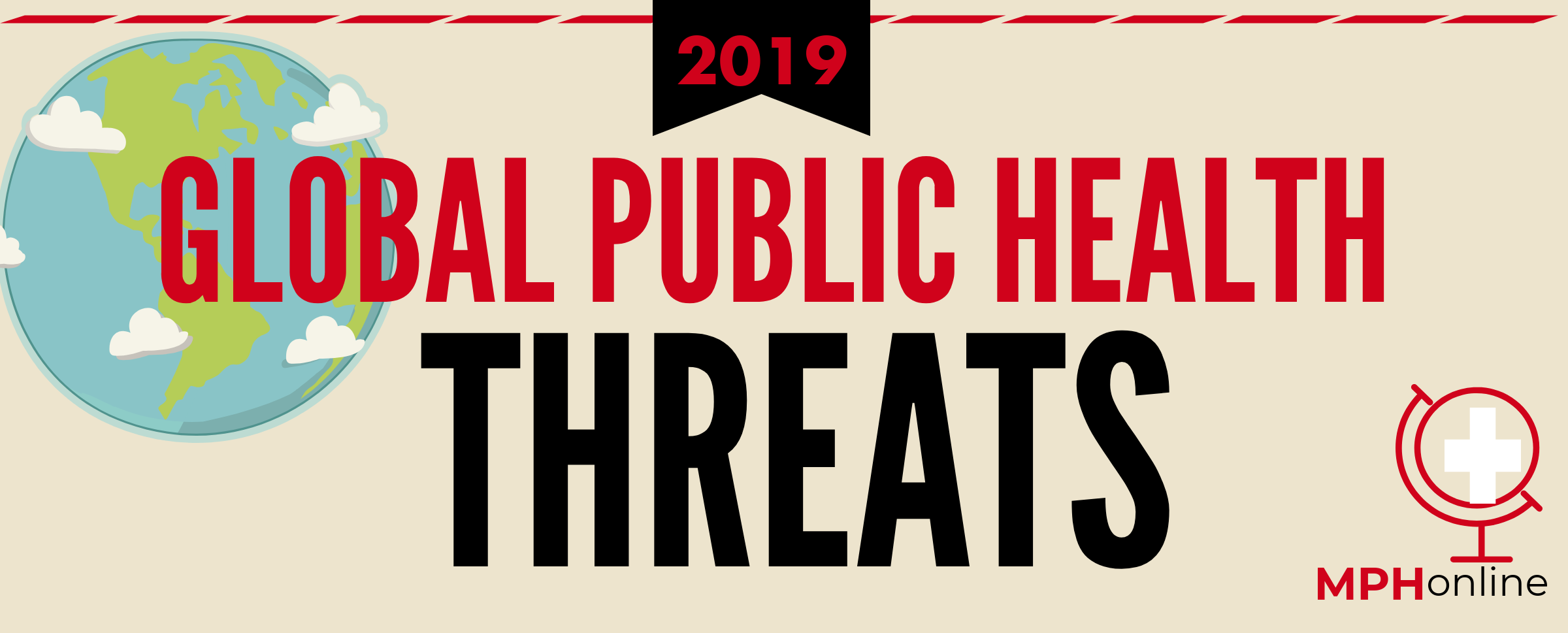
Examples of initiatives within the public health realm that have extended the average lifespan in the United States include:
- Clean Air/Smoking Regulations
- Family Planning; reducing infant/child mortality
- Motor Vehicle Safety Standards — think seatbelts
- Water Pollution
- Vaccinations — eradicating or mitigating communicable illnesses, among others
What is the Scope of Public Health?
The scope of public health primarily focuses on the prevention of disease in the promotion of health. This is accomplished by:
- Conducting research to better understand public health issues and the risks they create.
- Creating community-based programs to talk about the dangers of opiates, heroin and other substances being abused.
- Educating the public on ways to stay fit and healthy. This includes, for example, the potential risks from the excessive consumption of alcohol.
- Managing databases of data and statistics regarding disease outbreaks, preventable injuries, etc.
- Promoting healthy eating choices; nutrition programs for school cafeterias, pasteurizing milk or fortifying white bread.
- Setting worker safety standards to create safe working environments that prevent injuries.
What is the Importance of Public Health?
The ways in which the public’s health remains safe are often hidden in plain sight as they are seamlessly woven into the fabric of society. While we all benefit from cutting-edge drugs and food products to remain happy, healthy and productive, we rarely think about the public health regulations that deliver these products safely time after time.
However, the importance of public health splashes across television broadcasts, social media, and newspapers when a large-scale crisis occurs. Examples of these events include disasters like a hurricane, an earthquake or massive flooding due to heavy rain.
Public health professionals work on the frontline of daily life or act as first-responders when emergencies hit, or sometimes even both. A vast majority of public health professionals hold public health degrees and specialty certificates.
The importance of public health lies in the fact that its efforts impact the well-being of today’s generation as well as planning for the well-being of future generations.
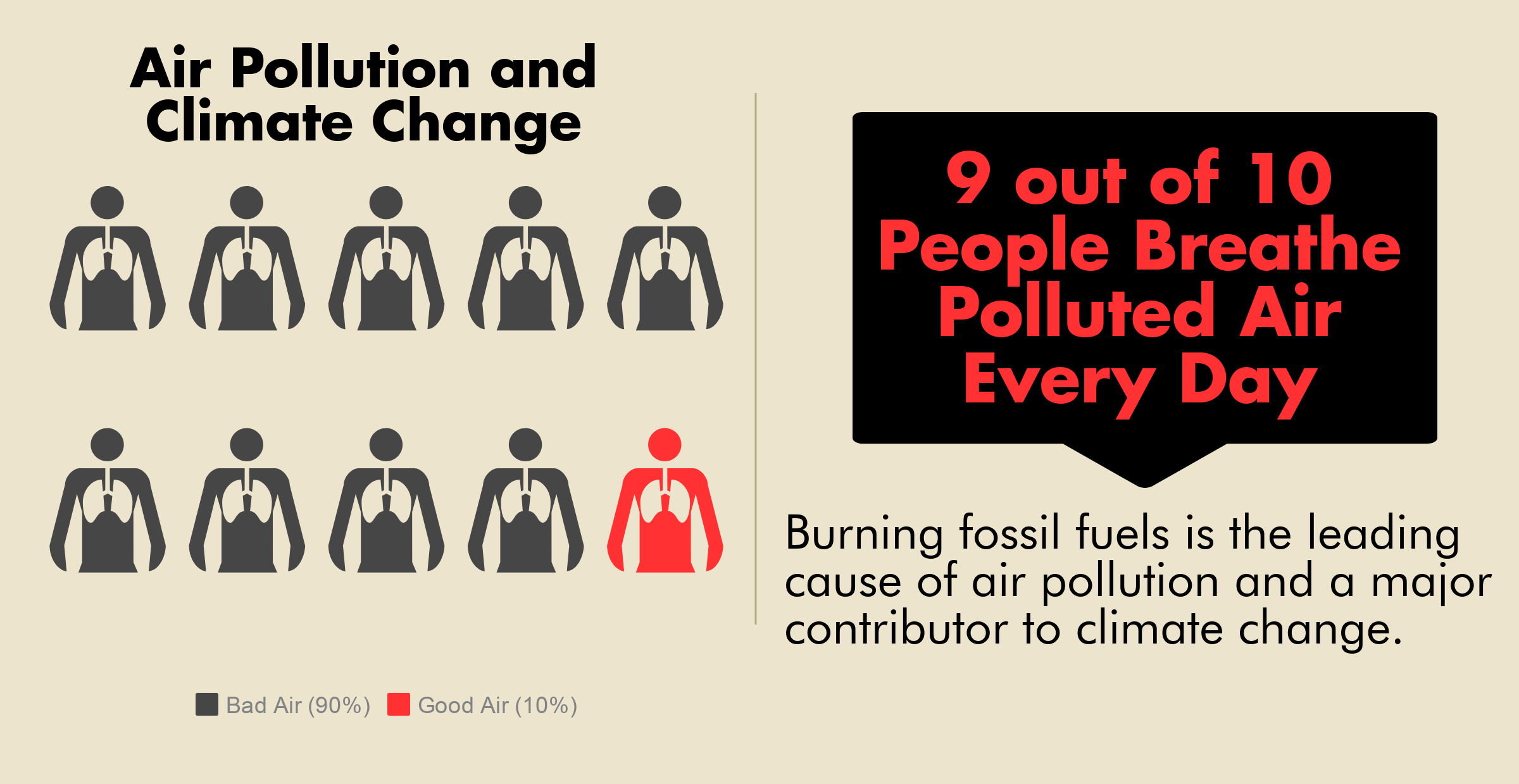
A Word about the Ethics of Public Health
Public health faces an interesting, if not challenging ethical dilemma. It involves the concept of free will and scholarly discussions regarding where free will begins and ends.
Some examples where this ethical dilemma arises include:
- Who should be vaccinated?
- Should terminally ill patients be provided with suicide assistance?
- How do we calculate the costs of obesity and alcoholism?
These challenging issues manifest due to the very delicate balance that exists between an individual’s liberty and the government’s duty to protect its citizens. Public health professionals are advised to stay up-to-date with ethical issues that appear throughout the healthcare industry.
Top 10 TED Talks on Public Health
Top 25 Public Health Blogs
What is Public Health?
What Kinds of Organizations and People Make Up the Public Health System?
Public health professionals come from all walks of life. Public health workers are men and women from all religions and races trained as:
- Civil Servants — Those who work for the Center for Disease Control (CDC), the US Public Health Service or other dedicated public health agencies
- Doctors — pediatricians, gerontologists, nutritionists, etc
- Essential Community Health Services
- Researchers — research regarding contagious diseases, chronic illnesses, etc
- Scientists — working for government agencies and private organizations
- Therapists — physical therapists, psychotherapists, speech therapists, etc
Public health professionals work towards providing the most essential public health services that help protect individuals, families, communities, countries, and the world. These essential services include:
- Educate individuals with insightful health information that inspires them to make healthy life choices for a better quality of life.
- Create public health and public safety policies and regulations, which are often enforceable by law. Public health professionals trained in matters of the law play a critical role in this facet of public health.
- Create and implement diagnostic processes to measure the management of ongoing and chronic public health problems. Additionally, these data gathered by these diagnostic tests identify emerging public health issues.
- Partner with various support agencies and public health workers to solve public health care issues.
- Conduct research to expose innovative solutions to the litany of public health issues that exist across the globe.
- Ensure everyone who needs information regarding health care issues and solutions has access to the knowledge they need.
- Implement monitoring systems to ensure public health decisions are based upon the most up-to-date information.
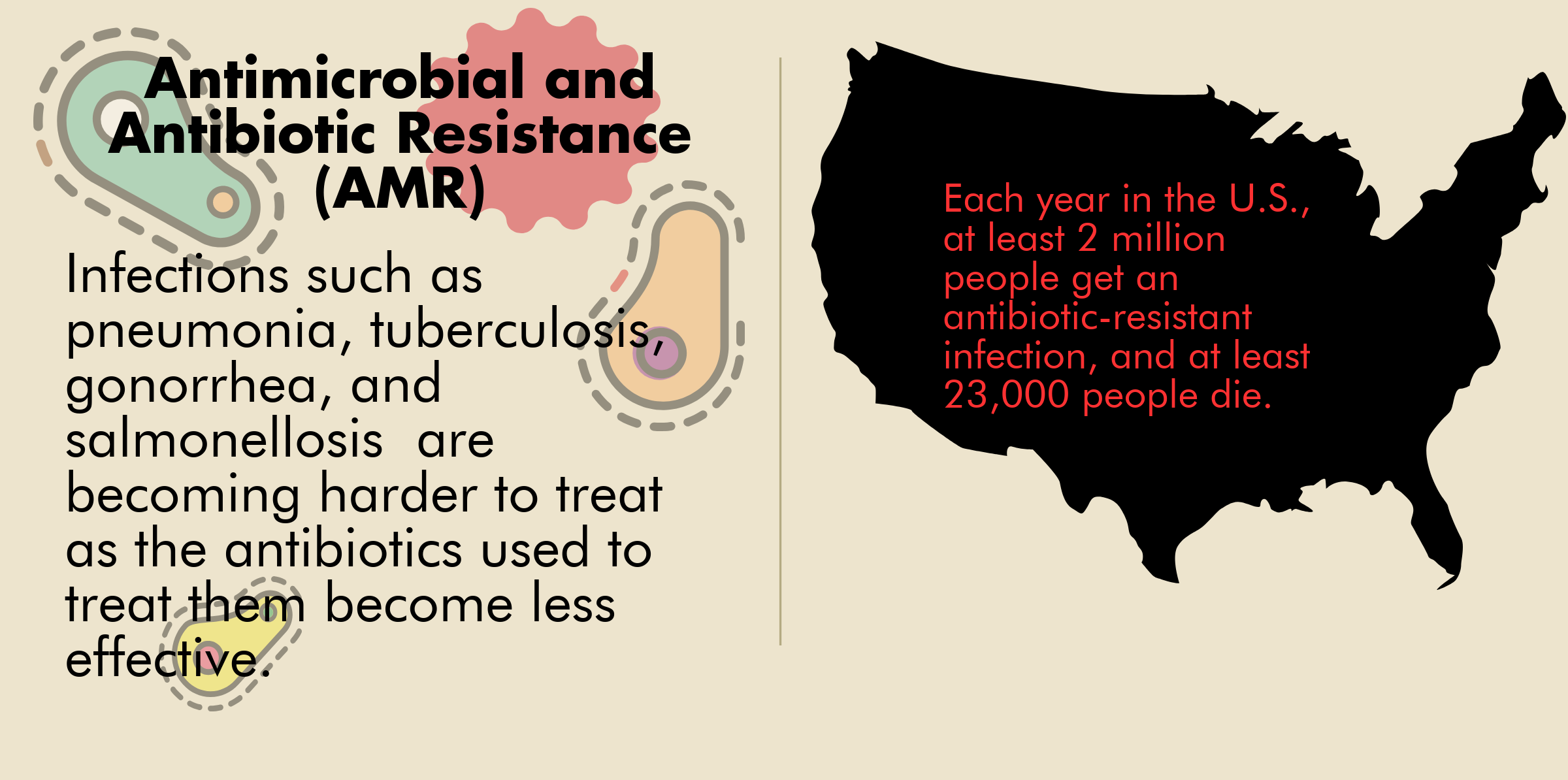
Public Health professionals are tasked with the responsibility of managing the many facets of an industry that seeks to keep the nearly 8 billion people on the planet healthy. An undertaking of this magnitude requires a variety of public health workers with many specializations. These include:
- Epidemiologists
- First Responders
- Nutritionists
- Occupational Safety Public Health Professionals
- Policymakers and Public Health Planners
- Public Health Doctors & Nurses
- Public Health Educators
- Public Health Inspectors
- Public Health Researchers
- Public Health Social Workers
A Sampling of Top-Paying Public Health Positions
Healthcare Administrator
Healthcare Administrators play a managerial support role for medical groups, agencies, and clinics. A Healthcare Administrator is responsible for managing the many moving parts required to operate a successful health organization. Healthcare Administrators work in a variety of settings, which include:
- Clinics
- Hospitals
- Nursing Homes
- Services related to the field of ambulatory services
Biostatistician
Research statisticians are the public health experts who develop public health research studies and gather (and make sense of) the information the study revealed. Public health statisticians offer a unique perspective to the field of public health as the nature of statistics allows for collective and objective point of view.
Epidemiologist
Epidemiologists are the public health workers who are responsible for the in-depth research that ultimately leads to public health policy and education requirements. Epidemiologists must also communicate their research conclusions to policymakers and the public through community outreach programs.
Environmental Scientist
Environmental Scientists are trained with the knowledge to be a positive impact on human health and the environment in which the world’s population lives. Most Environmental Scientists work in the many related public health agencies at the local, state and federal level. Environmental Scientists split their professional time in the lab, the office and in the field.
Complete Job Description of a Community Health Worker
Complete Job Description of a Maternal and Child Health Specialist
Complete Job Description of a Population Health Manager
Complete Job Description of a Public Health Analyst
Complete Job Description of an Environmental Health Specialist
What is Industrial Hygiene?
What is a Public Health Nutritionist?
What is an Emergency Response Specialist?
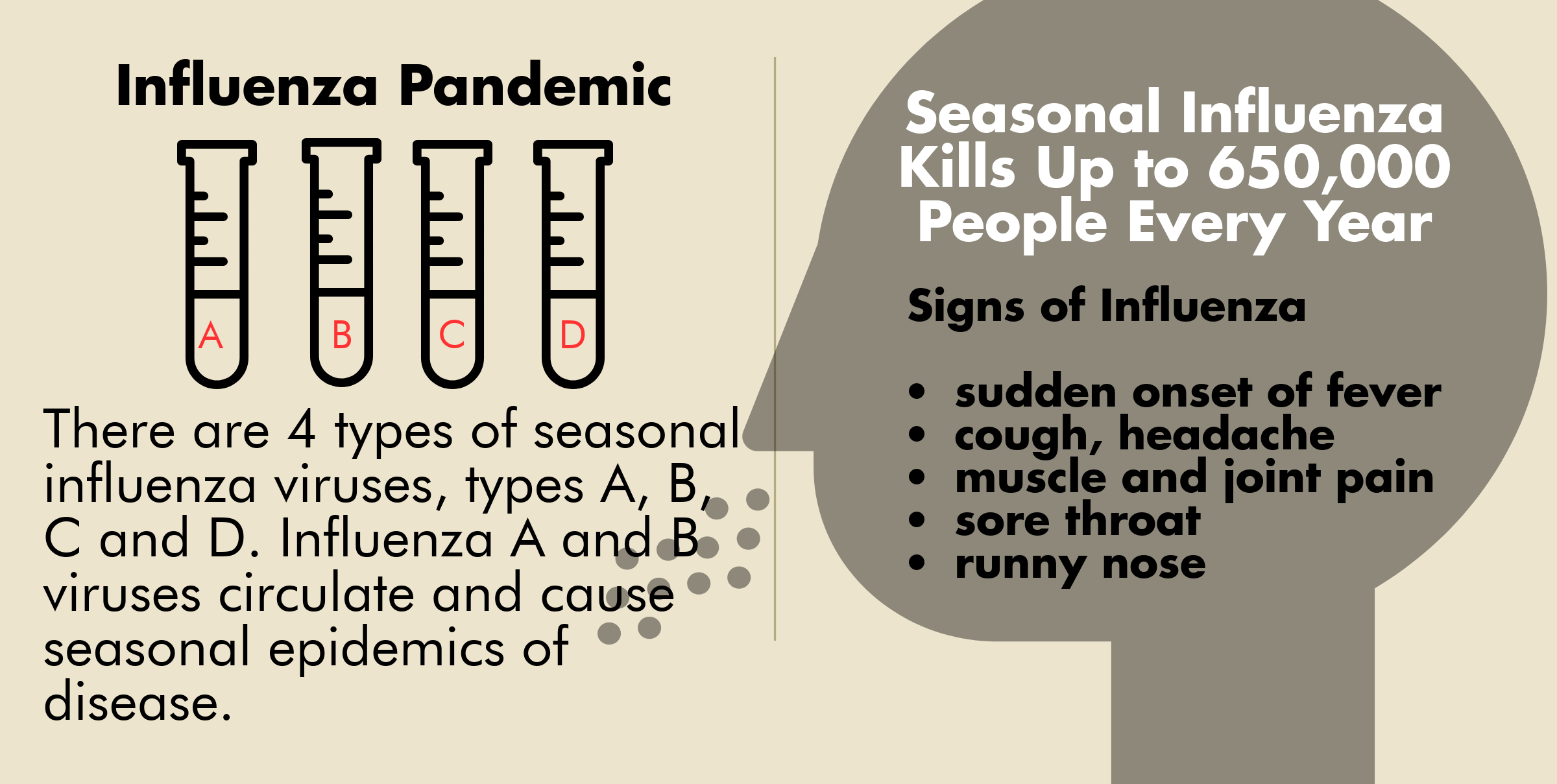
What Does the Public Health System Do?
The public health system accomplishes its objectives using in numerous ways to make the world a healthier and happier place to live. A public health system is defined as those private and public organizations that participate in the delivery of essential health services to the world’s population.
Components of the public health system include:
- Agencies enforcing public safety standards
- Charitable & Philanthropic organizations
- Federal, State, and Local agencies
- Professionals who provide public health services
- Youth services organizations
The Centers for Disease Control & Prevention (CDC)
The Atlanta-based Centers for Disease Control & Prevention (CDC) is the federal agency that coordinates and leads public health policies and initiatives for the United States and internationally. Its primary objective is to protect public health across the globe. The CDC’s triple-pronged approach includes the prevention of:
- Disease – by coordinating efforts to control food borne illnesses and infectious diseases
- Disability — by enacting public health safety standards
- Injury — by implementing occupational safety protocols
Empowering health care workers with the knowledge and techniques to improve existing public health practices in the jurisdictions they represent is the method by which the CDC meets their objectives.
The Public Health Department’s National Voluntary Accreditation Program
The CDC has partnered with the philanthropic organization — Robert Wood Johnson Foundation — to create and manage a voluntary accreditation program for public health departments at a local, state and tribal level. The Public Health Accreditation Board (PHAB) has been created to manage the accreditation processes since 2013.
Public Health departments’ feedback indicates that the accreditation process has helped to
- Advance the quality of managerial functions
- Foster transparency
- Improve accountability
- Recognize existing assets and flaws
Public Health Initiatives are the strategies, plans, and efforts implemented in response to public health issues at either a local, state, region and countrywide level. Public Health Initiatives generally create resources for those public health professionals on the frontline attacking the public health problem. Here is a partial list of the numerous public health initiatives that have improved the lives of community members.
- Alzheimer’s Disease
- Environmental Health
- Immunizations
- Infectious Diseases
- Natural Disaster Preparedness
- Obesity Epidemic
- Suicide Prevention
- The Dangers of Tobacco Use
Public Health Interventions
A Public Health Intervention is considered any type of effort that is implemented to improve the health of individuals — at a population level. A Public Health Intervention differs from other interventions as its impact reaches the masses rather than one or several people. History has revealed that an individual is most likely to modify their behavior when the healthy choice becomes the easiest choice.
Examples of a public health intervention include programs dedicated to reducing the dangerous impact of:
- Alcohol
- Cancer
- Obesity
- Tobacco
The Public Health Interventions Wheel
The Public Health Interventions Wheel is the moniker given to a program model that combines distinctive components for programs crafted as a population-based approach. A population-based approach considers the countless factors that are available in the promotion of health.
More specifically, an at-risk population is any population (or portion thereof) that shares a common characteristic that may harm the members of the population.
A population-based approach examines all factors that promote or prevent health.
Similarly, the public health interventions wheel is also used for populations of interest. A population of interest represents a set of the population who might benefit from the application of an organized public health intervention.
Levels of Public Health Interventions
Primary Level — Primary prevention occurs before a public health issue develops.
Secondary Level — Secondary prevention identifies and treats a public health issue in its earliest of stages. It precludes a public health issue from developing into a long-term or more significant problem.
Tertiary Level— Tertiary prevention restricts the advancement of a public health issue.
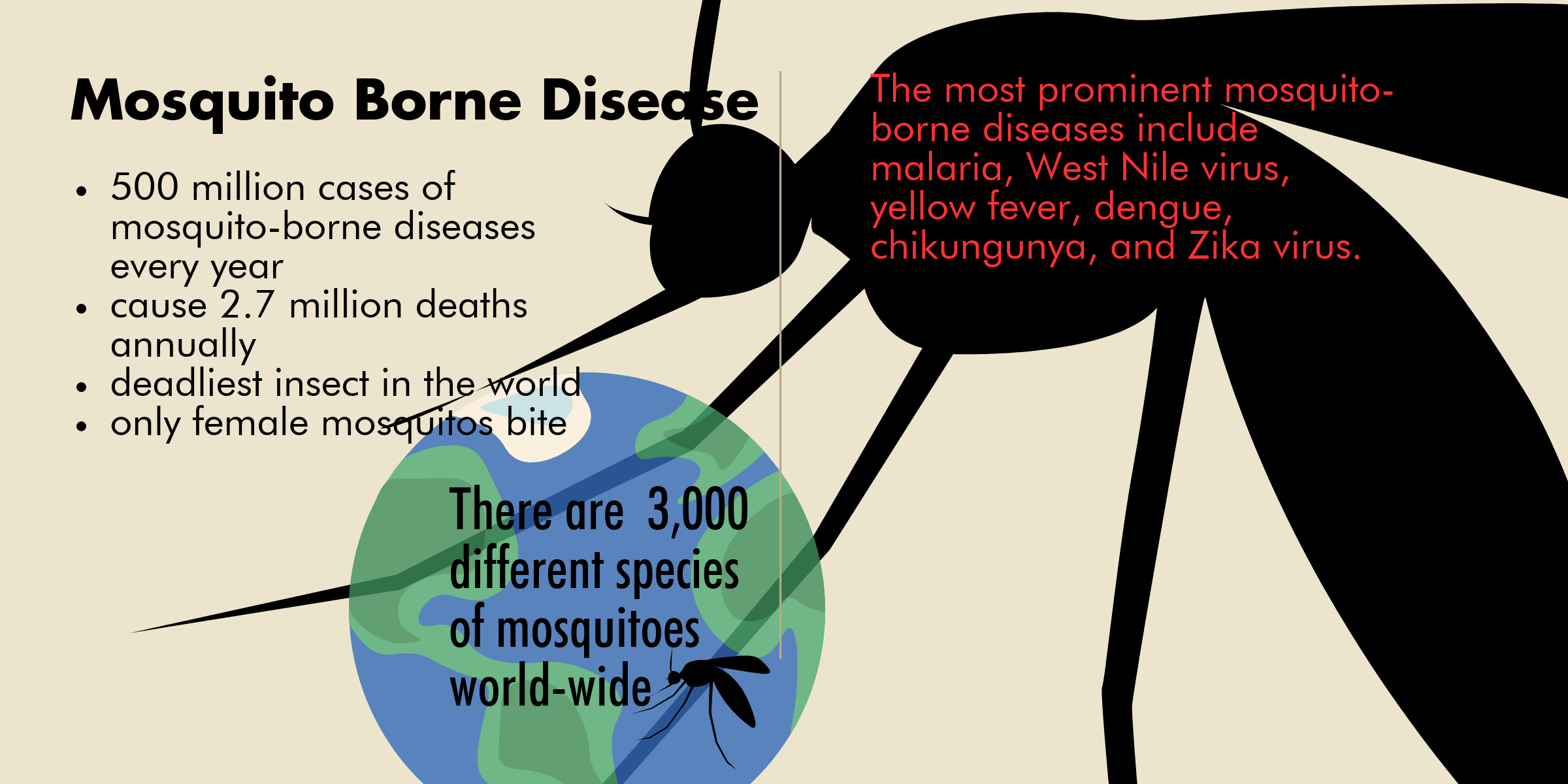
Public Health Interventions Examples
There are many public health interventions examples that can help better understand how public health interventions impact the individual, the community, the state, and the country. These public health interventions examples fall into the following general strategic categories –
Clinically-Based Example — Establish tobacco cessation counseling and workshops. Help defer the cost of tobacco cessation products and therapies.
Community-Based Example — Mobilize community-based public health organizations to offer low-cost or free blood pressure and high-cholesterol screenings to members of the community. Provide public health professionals with the tools to help community members negotiate the often-complicated medical services industry and to introduce self-help tools using a community outreach program.
Device-Based Example — Create easily accessible information and counseling programs on the Internet, a tablet or a mobile phone. A device-based public health intervention can effectively remind community members of the available healthy tools and techniques online.
Does Location Matter? The Benefits of Big City Public Health Education
Population Health vs. Public Health
Urban Public Health and the Future of the Human Race
What are the Biggest Public Health Threats in the World Today?
Why is global health important? Public health threats originate from many sources and places on Earth. Most typical news feeds splash current public health issues in the news on a 24-hour basis. The sheer depth and variety of public health issues across the world is indicative of the many (and the importance) of public health professionals needed.
Public Health State Rankings for 2018
At the end of 2018, the United Health Foundation (a division of the UnitedHealth Group) released its 29th Yearly health care rankings report for each state in the country. Detailed below are a few fundamental takeaways from the country’s longest consecutive running yearly state-by-state rankings report regarding public health threats on a state-sized scale.
The Top 5 Healthiest States — They are — #1 Hawaii, #2 Massachusetts, #3 Connecticut, #4 Vermont, and #5 Utah. Note — these five states made up the top five healthiest states in 2017 as well.
The 5 States with the Most Room for Improvement — #50 Louisiana, #49 Mississippi, #48 Alabama, #47 Oklahoma, #46 Arkansas. For 2017, Mississippi was the state needing the most improvement.
The Most Improved State — Maine took the honor of jumping seven places to #16. The improved ranking can be attributed to a reduced rate of children in poverty and improvements in smoking cessation levels.
The Next Most Improved State — North Dakota and California tied for this honor as each jumped five places (in the right direction) to #13 and #12 respectively.
The State with the Greatest Decline — The Sooner state, Oklahoma, dropped to #47 from four places back due to increased statistics regarding obesity rates (up 11%) and a decrease in physical activity (14%).
Overall, the American population is facing these new and ongoing public health threats, especially increased observation of reoccurring public health issues:
- drug deaths
- heart-health fatalities
- obesity
- premature death
- work-related deaths
Every state saw an increase in obesity over last year’s results, as well as the onset of recurrent physical issues, stress, and mental distress. Yet, there was some positive news worth mentioning:
- The number of children living in poverty was reduced by more than 5% year over year.
- The number of public health providers available for service increased by 8% year over year.
The reality is that the public health environments for each state differ wildly. This is an ongoing concern for all public health workers.
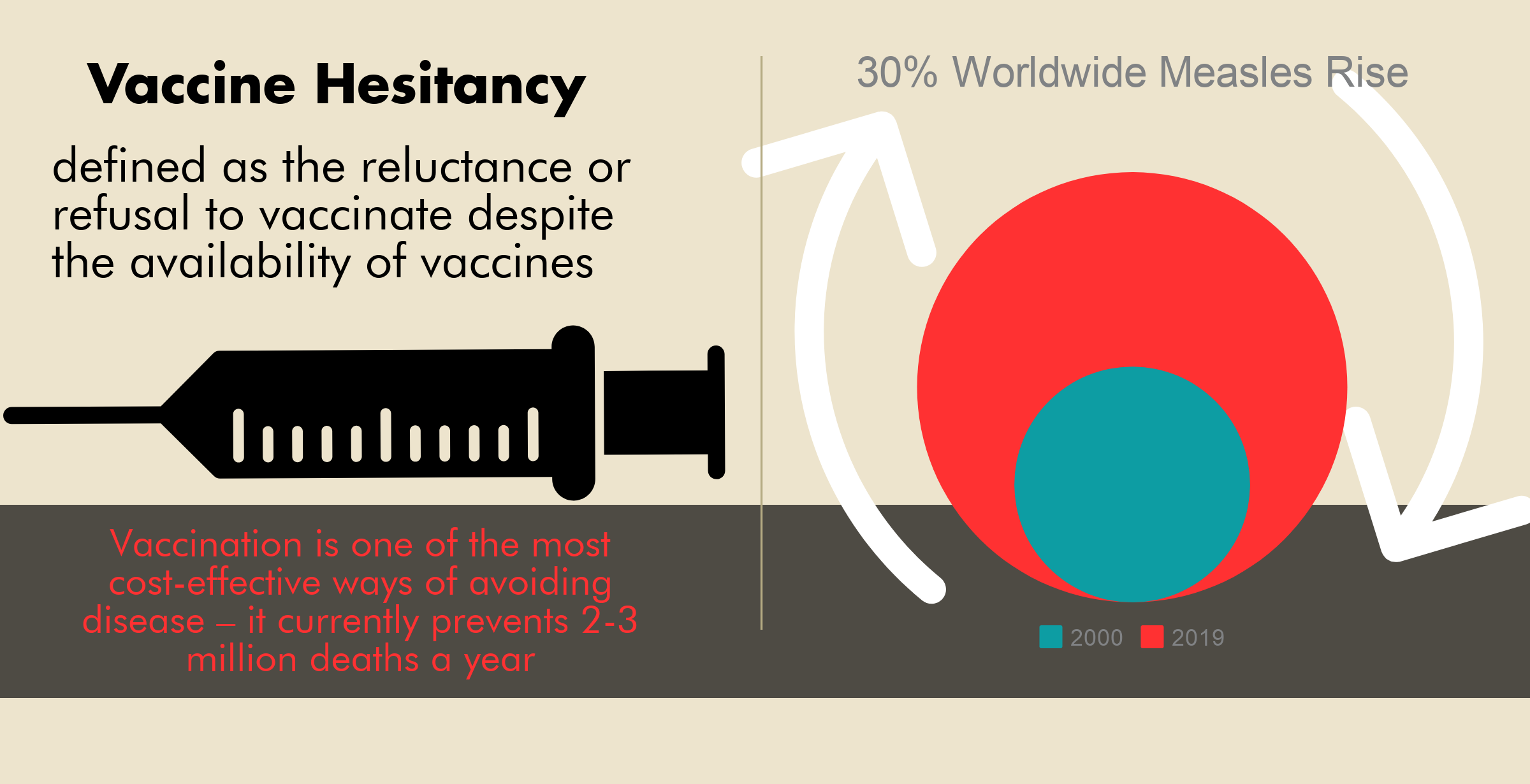
Why is Global Health Important?
The reality is the size of the world has been reduced due to the ease in which citizens of the world can move about with relative ease. The result of the worldwide travel privilege is that food and medicine supplies now reach all the corners of the world.
Global biological threats threaten the world’s populations and generally must be addressed on a state or local level to be effective.
Additionally, global pandemic diseases can be overwhelming expensive to treat and manage. Here are a few examples –
AIDS — The economic impact of AIDS was worldwide. The primary reasons for its large financial burden were due to a silence that let the disease spread undetected for years. Public Health requires efficient communication methodologies.
SARS — SARS is an acronym for Severe Acute Respiratory Syndrome which appears in Asia around 2002. It spread across the globe in a matter of months carried by unsuspecting travelers and tourists. The cost to manage the SARS outbreak was approximately $30 billion.
10 Most Rat-Infested Cities in the Western World
10 Most Serious Public Health Scares Ever
Apocalypse Now? Is Ebola the Next Pandemic?
Deadly Viruses
Disease Does Not Discriminate, But U.S. Public Health Does
Farm to Label: Are Organics Really Better?
Gates Foundation Inventions
Guns & Public Health
Homeless and Unemployed America: Should We Build Mini-Homes For the Masses?
How to Decontaminate a Radioactive Environment
Is Gluten Really a Bad Thing?
Marijuana Legalization and Public Health: The Great Debate
Outbreak: 10 of the Worst Pandemics in History
Post Wildfires: the Call for Public Health Workers in California
Separating Fact From Fiction: The Truth About Measles, Vaccines and How It All Affects You
Sleeping Sickness: How Losing Sleep May Be Damaging Your Health
The Effect of Overpopulation on Public Health
Tick-Borne Diseases and Public Health 2018
Top Public Health Risks
Top Public Health Stories of the Year (2015)
Vaping: The Good, the Bad and the Popcorn Lung
When Does Flu Season End?
Why Many Healthcare Professionals are Switching to Epidemiology
Wine Mom, Interrupted: A Public Health Perspective
All Articles:
10 Most Rat-Infested Cities in the Western World
10 Most Serious Public Health Scares Ever
3 Highest-Paying Career Options for Environmental Health Majors
Apocalypse Now? Is Ebola the Next Pandemic?
Complete Job Description of a Community Health Worker
Complete Job Description of a Maternal and Child Health Specialist
Complete Job Description of a Population Health Manager
Complete Job Description of a Public Health Analyst
Complete Job Description of an Environmental Health Specialist
Deadly Viruses
Disease Does Not Discriminate, But U.S. Public Health Does
Does Location Matter? The Benefits of Big City Public Health Education
Epidemiologist Salary and Job Prospects
Farm to Label: Are Organics Really Better?
Gates Foundation Inventions
Guns & Public Health
Highest Paying Jobs in Public Health
Homeless and Unemployed America: Should We Build Mini-Homes For the Masses?
How Do I Become a Nutritionist?
How to Decontaminate a Radioactive Environment
Is Gluten Really a Bad Thing?
Marijuana Legalization and Public Health: The Great Debate
Outbreak: 10 of the Worst Pandemics in History
Population Health vs. Public Health
Post Wildfires: the Call for Public Health Workers in California
Separating Fact From Fiction: The Truth About Measles, Vaccines and How It All Affects You
Sleeping Sickness: How Losing Sleep May Be Damaging Your Health
The Effect of Overpopulation on Public Health
Tick-Borne Diseases and Public Health 2018
Top 10 International Public Health Careers
Top 10 TED Talks on Public Health
Top 25 Public Health Blogs of 2012
Top 4 Entry Level CDC Jobs
Top Public Health Risks
Top Public Health Stories of the Year (2015)
Urban Public Health and the Future of the Human Race
Vaping: The Good, the Bad and the Popcorn Lung
What is Global Public Health?
What is Industrial Hygiene?
What is Public Health?
What is a Public Health Nutritionist?
What is an Emergency Response Specialist?
When Does Flu Season End?
Why Many Healthcare Professionals are Switching to Epidemiology
Wine Mom, Interrupted: A Public Health Perspective